 When it comes to the weather, we gardeners are prone to hyperbole. Every season, one would think from listening to us, is drastically colder or warmer, wetter or drier than ever before. Has one of us ever said, “Can you believe what normal weather we’re having?” or, “Average enough for ya?” Instead, we seize upon every irregularity in the weather and hold it up as evidence of the capriciousness of nature. In doing so, we fail to notice the underlying order that does pervade the gardening year. We focus on and remember the ice storms and late freezes and early thaws, rather than acknowledge the more numerous “normal” periods throughout the year.
When it comes to the weather, we gardeners are prone to hyperbole. Every season, one would think from listening to us, is drastically colder or warmer, wetter or drier than ever before. Has one of us ever said, “Can you believe what normal weather we’re having?” or, “Average enough for ya?” Instead, we seize upon every irregularity in the weather and hold it up as evidence of the capriciousness of nature. In doing so, we fail to notice the underlying order that does pervade the gardening year. We focus on and remember the ice storms and late freezes and early thaws, rather than acknowledge the more numerous “normal” periods throughout the year.
Consequently, we are also reluctant to believe that bloom times–which are most directly influenced by weather–are predictable with any sort of precision by looking at the calendar. Each year is different, we say. We satisfy ourselves with vague terms like “blooms in early spring” or “blooms in late summer, ” because we believe that’s as accurate as we can be. The dates can fluctuate wildly from year to year, you know.
I began recording bloom times in the Cincinnati area in 1996. It began innocently enough as a simple blooming calendar, to help myself in the orchestration of blooming combos in my own garden, but it morphed into an obsession. Nearly every week for 16 years I traveled to local gardens, parks, and arboreta and photographed and took notes on hundreds of varieties of plants (1,200 all together), including trees, shrubs, vines, perennials, grasses, bulbs, and annuals.
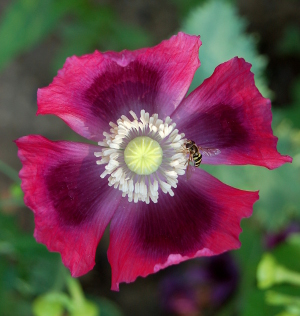 As my observations piled up, I began to realize that bloom times were much more regular than I had thought. Yes, early spring can deviate quite a bit from the norm, but even then–more often than not–the winter aconite and the vernal witchhazel began to bloom the week of February 8 (I divided the year into consistent 7-day intervals to avoid vague generalizations like “late April” or “early May”), and at other times of the year, bloom times rarely varied by more than a week from average. And even if the dates were off, the sequence was the same, and I could quickly judge where we were on the calendar and how far we were from normal.
As my observations piled up, I began to realize that bloom times were much more regular than I had thought. Yes, early spring can deviate quite a bit from the norm, but even then–more often than not–the winter aconite and the vernal witchhazel began to bloom the week of February 8 (I divided the year into consistent 7-day intervals to avoid vague generalizations like “late April” or “early May”), and at other times of the year, bloom times rarely varied by more than a week from average. And even if the dates were off, the sequence was the same, and I could quickly judge where we were on the calendar and how far we were from normal.
Temperature is the primary trigger in bloom timing, but I suspect that daylength, or photoperiod, plays a bigger role in bloom dates than we acknowledge. Every first-year horticulture student learns that chrysanthemums can be coaxed into flowering by artificially shortening their daylength. I would not be surprised if a lot more plants than we realize are affected in a similar way, even though the influence of photoperiod is usually only discussed in reference to forcing greenhouse crops like mums or poinsettias. Bloom times, in general, are far too regular for it to be otherwise.
 Critics
Critics



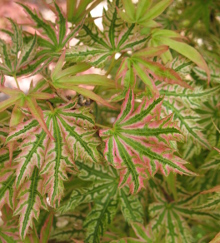








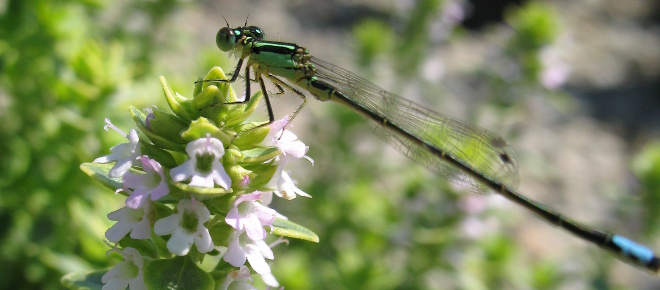











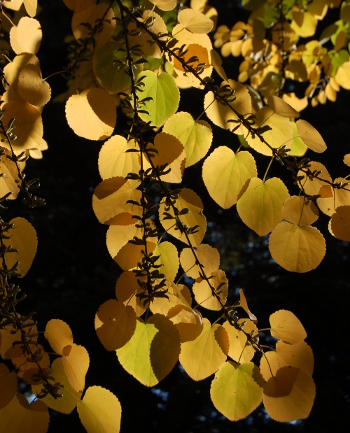


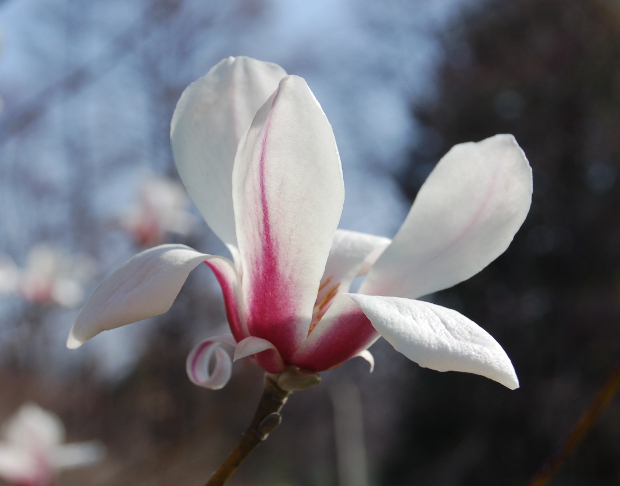
You are a very eloquent writer. I must say I am greatly impressed and can’t wait to read more
How sweet of you to say! That gives me a little boost to keep going. I can’t wait to share more. Thanks for becoming part of the conversation.
Enjoying your observations!
I’m glad you’re enjoying what I’ve written. I hope it helps you in the planning of your own garden and in your enjoyment of the outdoors in general. Stay warm!